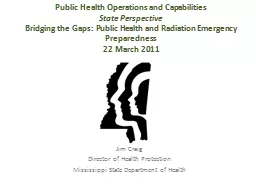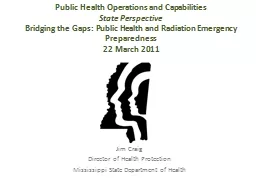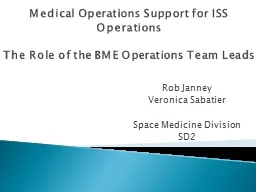PPT-Public Health Operations and Capabilities
Author : sherrill-nordquist | Published Date : 2018-10-27
State Perspective Bridging the Gaps Public Health and Radiation Emergency Preparedness 22 March 2011 Jim Craig Director of Health Protection Mississippi State Department
Presentation Embed Code
Download Presentation
Download Presentation The PPT/PDF document "Public Health Operations and Capabilitie..." is the property of its rightful owner. Permission is granted to download and print the materials on this website for personal, non-commercial use only, and to display it on your personal computer provided you do not modify the materials and that you retain all copyright notices contained in the materials. By downloading content from our website, you accept the terms of this agreement.
Public Health Operations and Capabilities: Transcript
Download Rules Of Document
"Public Health Operations and Capabilities"The content belongs to its owner. You may download and print it for personal use, without modification, and keep all copyright notices. By downloading, you agree to these terms.
Related Documents














